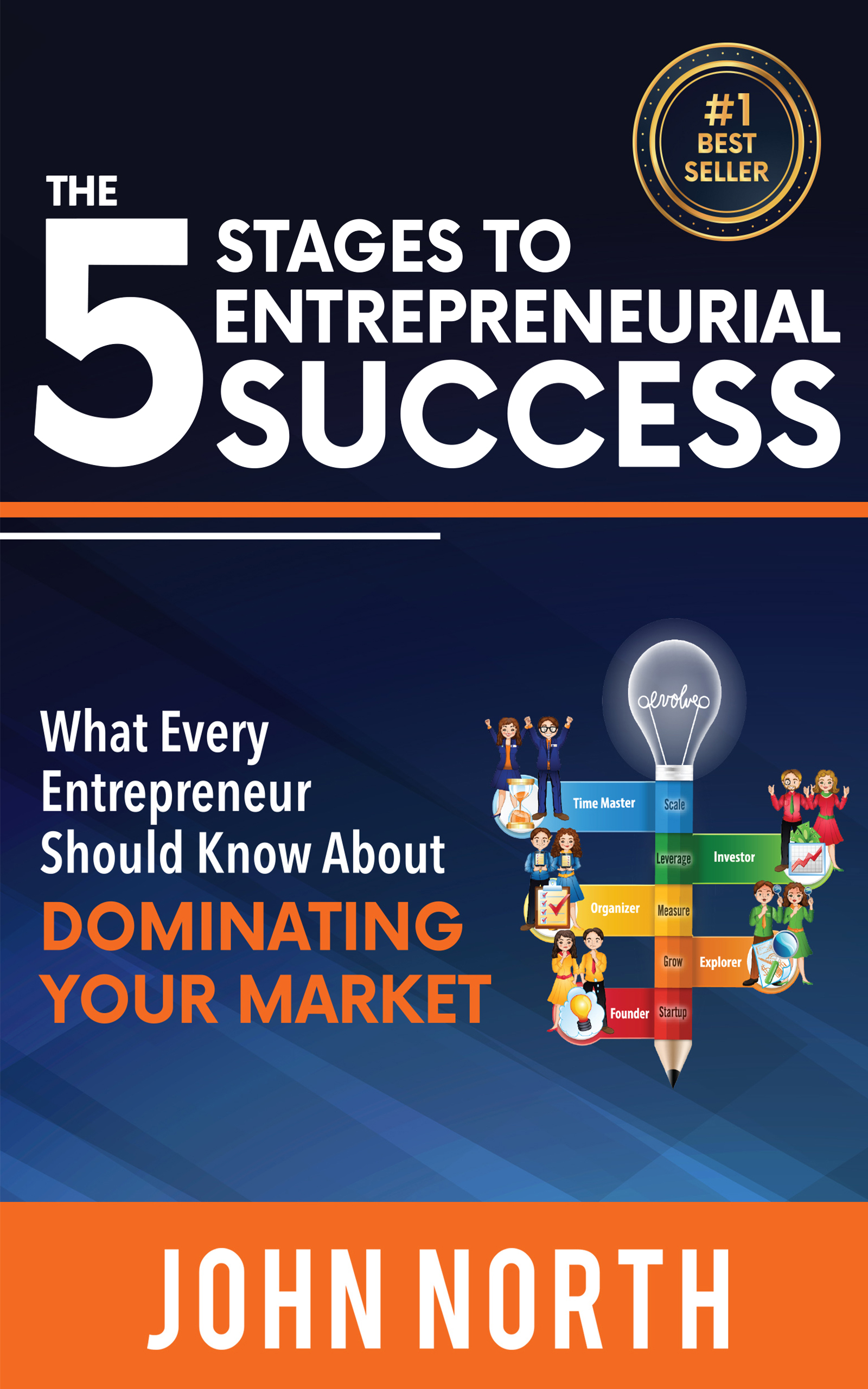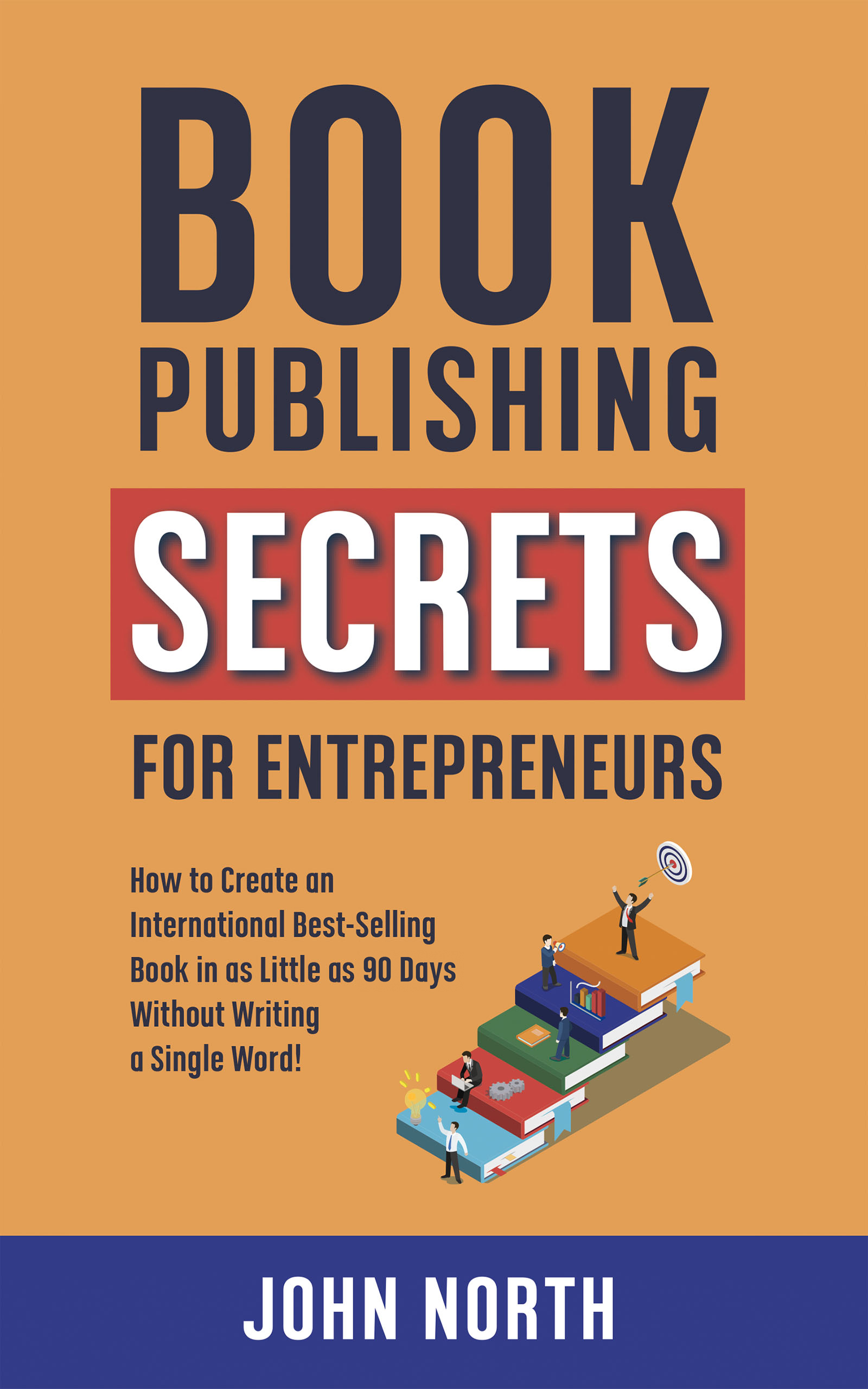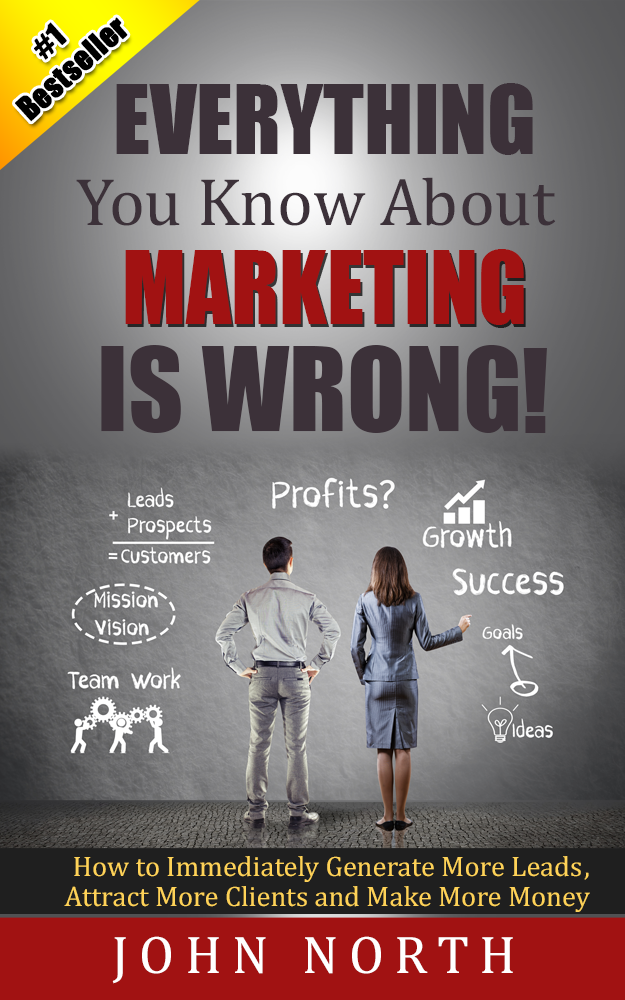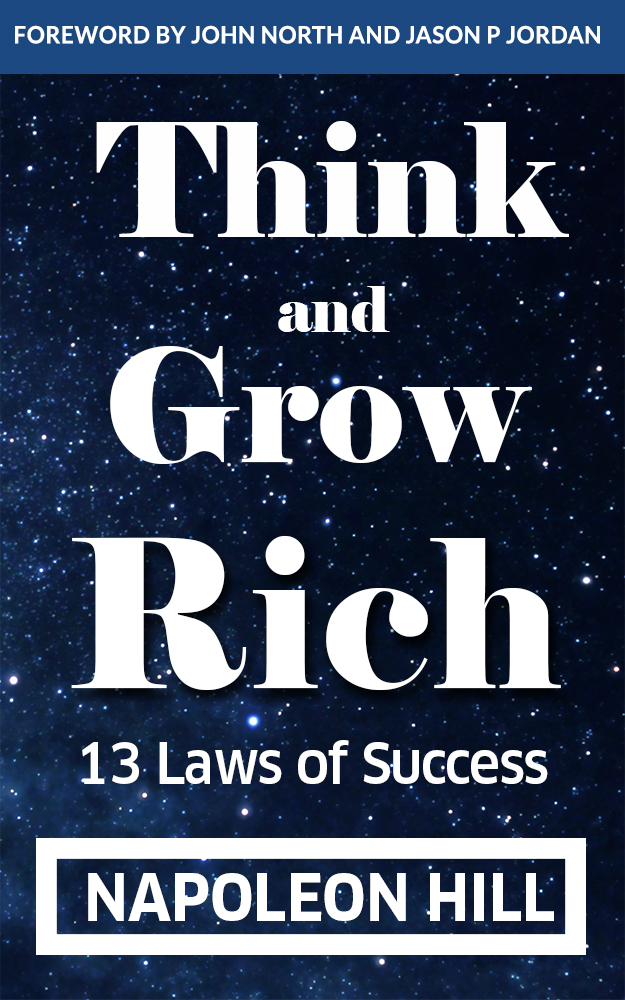In a Matter of Seconds: A Story to Empower Yourself into Love, Success and Manifestation
by Victoria Vives Khuong
GRAB A COPY HERE: https://evolveglobalpublishing.com/show-book/B083S3PY1K
Main Themes:
- Transformation through adversity: The book details Victoria's journey from a childhood of poverty and racism in Spain to a successful career in entertainment, punctuated by trauma and near-death experiences that ultimately led to profound personal growth and spiritual awakening.
- The power of perspective: Victoria emphasizes the importance of choosing empowering narratives and consciously shifting one's perspective to overcome challenges and manifest desired realities.
- Embracing self-discovery: The book champions self-awareness and introspection as essential for personal growth, advocating for understanding one's roots, influences, and shadow self to unlock true potential.
- The interconnectedness of life: Victoria highlights the profound impact of relationships and emphasizes the interconnectedness of human experiences, acknowledging the role of others in shaping her own journey.
Most Important Ideas and Facts:
Part 1: Alive
- Near-Death Experience: While scuba diving, a near-fatal equipment malfunction plunges Victoria into a life-or-death situation. This experience serves as a pivotal turning point, forcing her to confront her mortality and desire to live.
- "La Llave" (The Key): This experience gifts Victoria with a profound shift in perspective. She realizes she has the power to choose her narrative and create her own reality.
- Childhood Trauma: Victoria recounts her experiences as a black child raised in a predominantly white Spain, facing racism, isolation, and the challenges of a broken family.
- Early Career Success: Driven by a need for independence and fueled by her talent, Victoria finds success as a model and dancer, later expanding into music production and directing.
- Destructive Relationships: Seeking to fill a void within, Victoria finds herself in a series of tumultuous relationships that often reflect her unresolved emotional wounds.
Part 2: Awakened
- Four Keys to Freedom: Victoria outlines four key principles that guided her journey: embracing one's authentic self, recognizing the subjective nature of reality, understanding one's root path, and engaging in deep self-knowledge.
- Seeking Spiritual Guidance: Victoria's near-death experience ignites a yearning for spiritual understanding. She explores various practices, encountering both enlightening and potentially harmful experiences.
- Kundalini Awakening and Third Eye Opening: Victoria undergoes a period of intense spiritual transformation, characterized by altered states of consciousness, psychic experiences, and emotional turmoil.
- The Importance of Integration: Victoria emphasizes the need to integrate both the light and shadow aspects of oneself, embracing imperfections and challenges as crucial components of personal growth.
- Living an Epic Life: Victoria encourages readers to take ownership of their lives, embrace the transformative power of perspective, and recognize their ability to manifest their desired reality.
Quotes:
- On the transformative power of perspective: "The stories we choose to tell ourselves can change everything and they are so powerful that they can change how we look at ourselves for the rest of our lives."
- On the universality of human experience: "There is no other collection of experiences like yours anywhere in the universe and THIS IS EXTRAORDINARY!"
- On the importance of self-acceptance: "Accepting and falling in love with your current self is critical to understanding and achieving your greatest potential."
- On the value of exploring Non-Ordinary Reality: "Some people do not necessarily believe that Non-Ordinary Reality is a real thing but still, when they give it a try to behave and make decisions as though it is, it helps them discover new possibilities when they would otherwise be unable to see or imagine them."
- On the interconnectedness of life: "It is an infinitely complex and beautiful partnership and interplay between other people’s feelings, thoughts, choices, and actions with our own."
- On the importance of self-knowledge: "If you haven’t already, now begins the work of digging deep, of reflecting, and of investigation who you really are. To truly master this key, you must know yourself, the good, the beautiful but also the what you might feel is bad or ugly."
- On the Middle Path: "The Middle Path, in its simplest form, is perhaps best represented by Roman poet Horace in the maxim, “There is measure in all things.”
- On the power of choice: "We always have a say in what our experience is like because we are the ones who choose how to feel about each situation we are presented with and because we are the ones who choose what to do as a result of each situation. We create our path as we go."
- On living an epic life: "This book is an invitation to look at life with the empowering perspective that YOU ARE CREATING YOUR EXPERIENCE. Taking responsibility for our lives gives us back our place of power, the only place from which we can truly do something to change things for the better."
Overall Impression:
"In A Matter of Seconds" is a raw and deeply personal account of resilience, transformation, and spiritual awakening. Victoria's story offers a compelling testament to the human capacity for growth, even in the face of profound adversity. Her emphasis on self-discovery, conscious perspective shifting, and the interconnectedness of human experience provides a framework for readers to embark on their own journeys of self-actualization.
In A Matter of Seconds: FAQ
1. What was the author's most harrowing near-death experience?
While on a scuba diving trip with friends, the author experienced a near-fatal equipment malfunction that left her sinking and struggling to breathe. This event forced her to confront her own mortality and ignited a profound spiritual journey.
2. How did the author's childhood in Spain shape her sense of identity?
As the only black individual in her family and community, the author felt isolated and struggled with a lack of belonging. She navigated racist stereotypes and lacked a sense of cultural connection with other people of color.
3. What is "La Llave" and how did it change the author's life?
"La Llave," meaning "The Key" in Spanish, is the author's term for a perspective shift gained after her near-death experience. This key represents the power of choosing your narrative and taking responsibility for creating your own reality.
4. What are the "Four Keys to Freedom" and how can readers apply them?
The author outlines four key principles to help individuals achieve personal liberation and self-actualization:
- KEY #1: Embrace Who You Are: Accept and love your current self, recognizing that imperfections are a part of the journey.
- KEY #2: Unveil Your Reality: Explore alternative perspectives and consider the possibility of unseen forces shaping your life.
- KEY #3: The Root Path: Examine your family history, pivotal life events, and current relationships to understand their influence on your life's trajectory.
- KEY #4: Know Thyself: Engage in honest self-reflection to identify your core values, personality traits, and areas for growth.
5. How did meditation impact the author's spiritual awakening?
Through meditation, the author experienced a profound state of Oneness, a merging with the universe that expanded her consciousness and revealed a deeper truth. This experience had a lasting impact on her spiritual understanding.
6. What was the author's experience with the Rosicrucian society?
Seeking spiritual guidance, the author encountered a psychologist with potential ties to the Rosicrucians. This encounter proved unsettling due to the group's esoteric practices and the psychologist's inappropriate advances, leading the author to quickly distance herself.
7. How did the author's romantic relationships influence her personal growth?
The author candidly discusses a pattern of short-lived relationships with artistic men, often stemming from a need to fill a void in her life. These experiences, while sometimes tumultuous, ultimately contributed to her understanding of love, commitment, and her own needs.
8. What is the "Middle Path" and why does the author advocate for it?
The Middle Path, inspired by Buddhist philosophy, encourages a balanced approach to life. Rather than embracing extremes, it emphasizes finding a personalized middle ground that aligns with your values, goals, and well-being.








